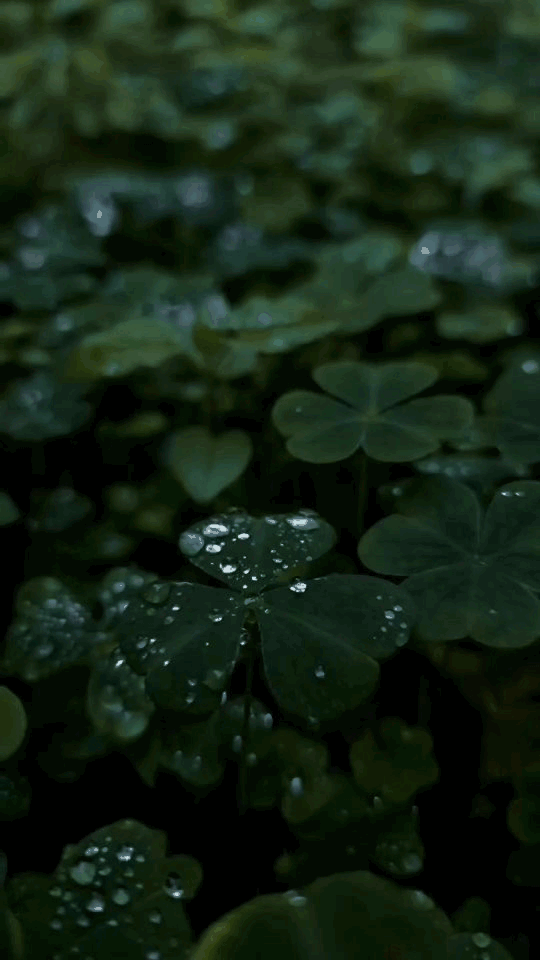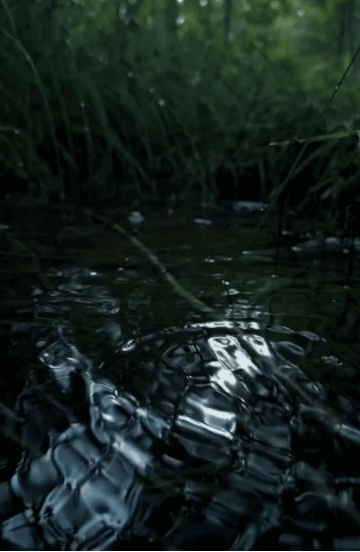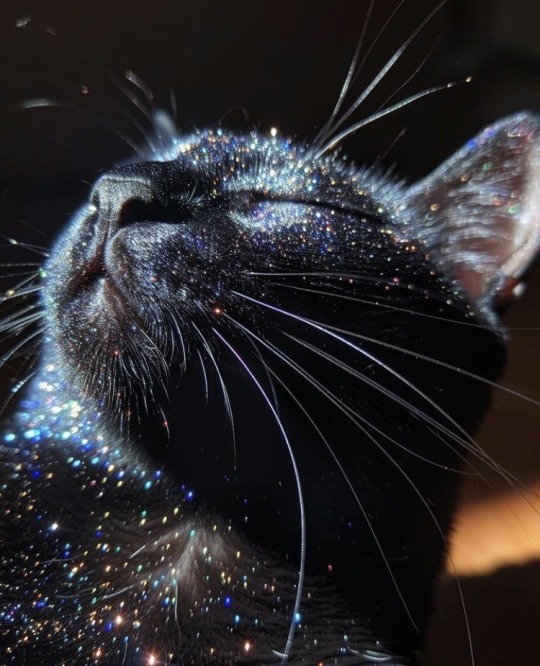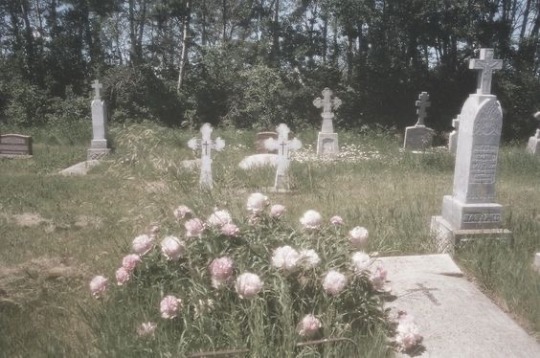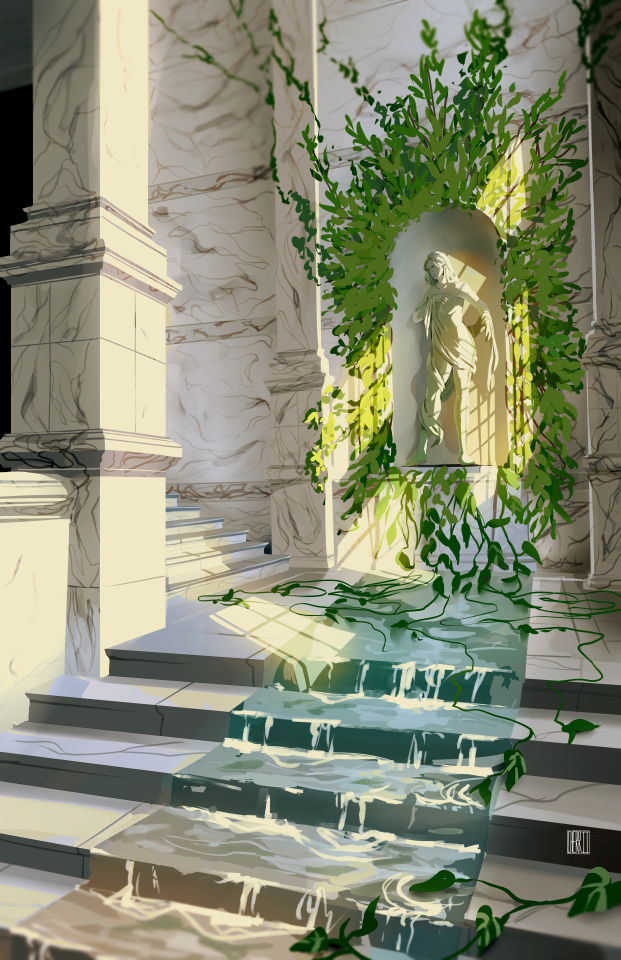XXXVI 💫 Religious Wanderlust 💫 Wannabe Mystic 💫 Mental Health Therapist 💫 Neurodivergent 💫 Demiwoman - she/they 💫 Graysexual & Biromantic
Don't wanna be here? Send us removal request.
Text
summertime sadness (every summer carries the ghosts of all the summers that precede it)
7K notes
·
View notes
Text

Divine Mother of All there is, whose essence Lies within us all and in all things.
Please fill this place with Your sacred light and presence.
Please protect me and heal me.
Please bring me to wholeness and wisdom.
Make this a day of fresh starts, new beginnings.
Melt all obstacles in my path--gently, gracefully, lovingly.
Reconnect me to my highest self.
Awaken me to what I need to know next.
Let my higher self select and connect with the divine energy that is right for me, right now.
May I be uplifted and empowered by Your Love.
So be it and so it is.
-Laurie Sue Brockway,
259 notes
·
View notes
Text

A picture from when I was on the way to Delphi
I felt Apollo's presence so strongly all the way to and at Delphi. We went to his temple and I got some photos. I hope I can go back here again. <3









594 notes
·
View notes
Text
Its frustrating that people are going "hey look at all these things which trump is doing which is similar to what Hitler did when he was in power, we are so fucked" and then just not mentioning the rise in antisemitism.
Like antisemitism was a major part in why hitler was elected into power.
Hitler blamed Germanys issues on jews. During his election, he pulled back from spouting antisemitism to make himself look more sane, but all the issues he campaigned on were issues that were blamed on the jews.
He didn't say "jews are ruining the economy but I can fix it", he knew that people were already blaming jews and campaigned on that.
According to the ADL, only 3 months after Oct 7th, antisemitism increased 360%. And it's not like rates of antisemitism has started to go down.
You cannot talk about how facisiam in the US is on the rise, compare it to the rise of hitler and not mention the rise of antisemitism.
Jew hatred was essential to hitlers rise to power and his actions. You cannot talk about jewish history and erase us from the picture.
2K notes
·
View notes
Photo



Η Ελληνική Εθνική Θρησκεία τέλεσε Ιεροπραξία για καλόν νέο σεληνιακό μήνα την Πέμπτη 28 Ιουλίου, στον αδειοδοτημένο Ναό της στην Αθήνα.
The Hellenic National Religion performed a Liturgy for a good new lunar month on Thursday, July 28, at its licensed Temple in Athens.
58 notes
·
View notes
Text

Ogma. Art by Hillary D. Wilson, from the Goddesses, Gods, and Guardians Oracle Deck.
23 notes
·
View notes
Text
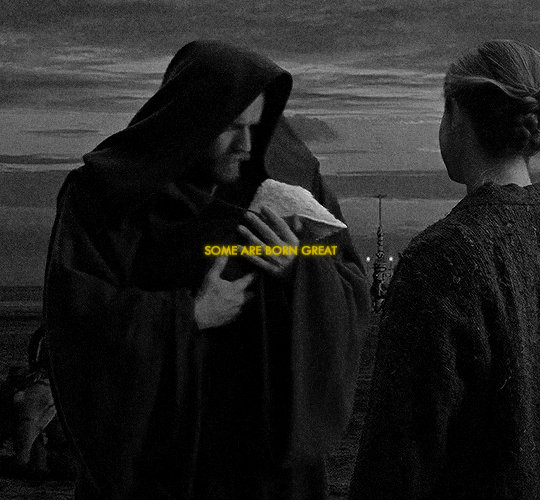
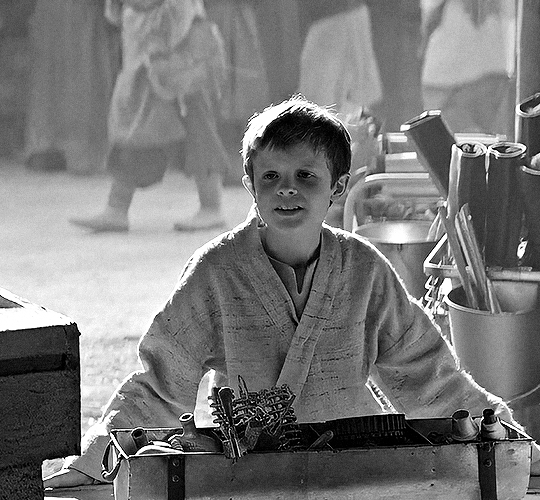


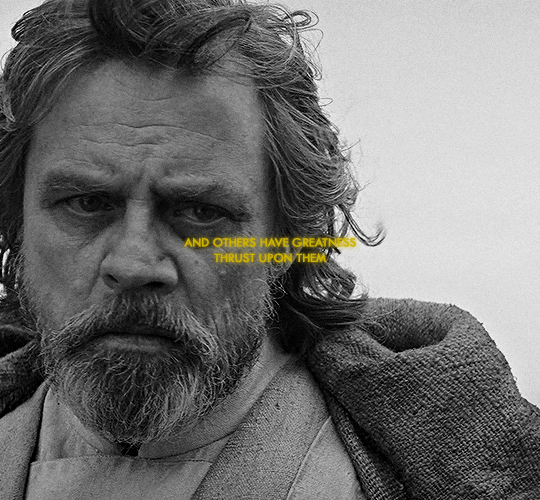
BE NOT AFRAID OF GREATNESS. – WILLIAM SHAKESPEARE @swsource STAR WARS WEEK: DAY #1 – FAVORITE CHARACTER
750 notes
·
View notes

